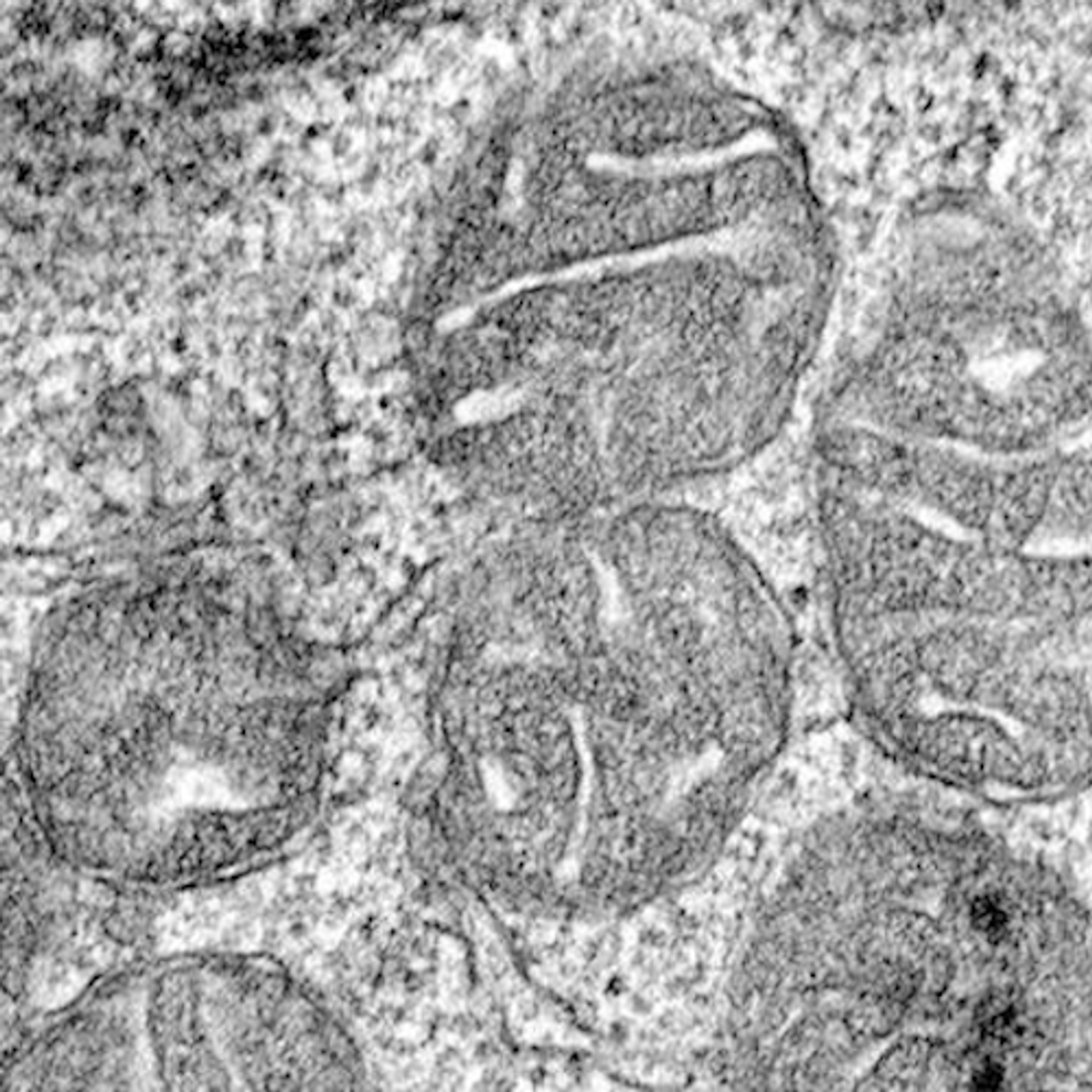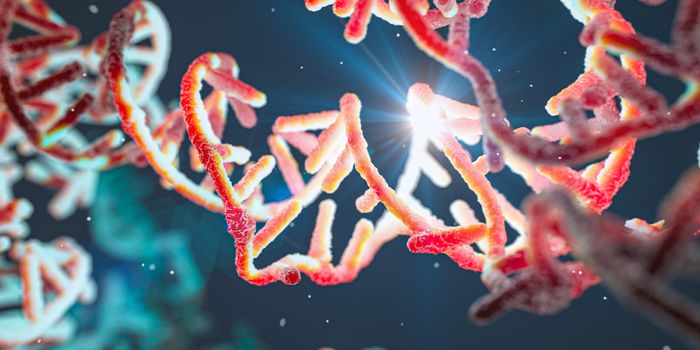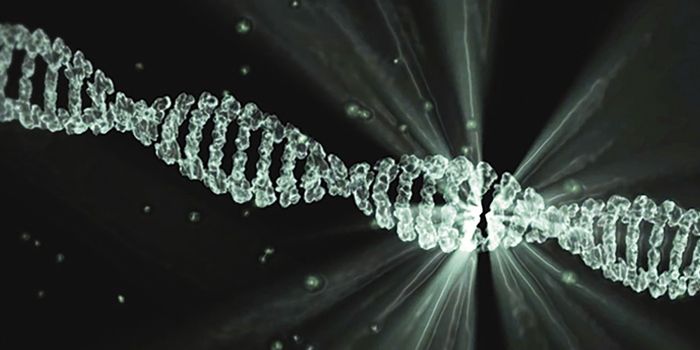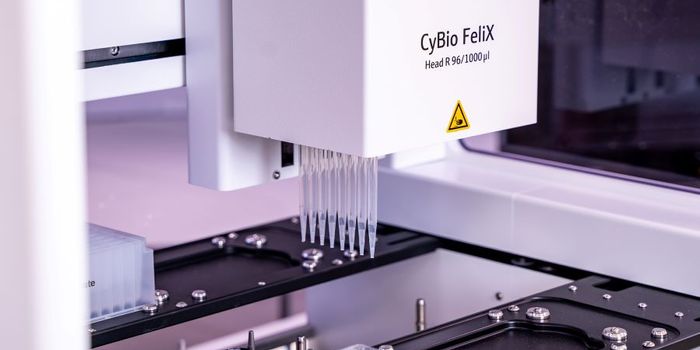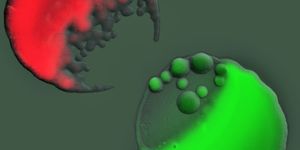New Findings About Anemia may Help Create Treatments
New findings by investigators at the University of Virginia School of Medicine could lead the way to better treatments for anemia, a lack of iron that leaves millions of people feeling weak, unable to concentrate and tired. They identified a cyclical mechanism in the body that regulates the synthesis of red blood cells, which carry oxygen through the body. The work has been reported in the Journal of Experimental Medicine.
The researchers, led by Adam Goldfarb, MD, were trying to learn more about how iron-restricted anemias result in a lack of red blood cells in affected people. Independent findings by various members of the team coalesced into a hypothesis.
Microscopy analysis of bone marrow cells caught the attention of MD/ Ph.D. candidate Shadi Khalil. “I thought it was beautiful," he recalled. "I just stood there at the microscope looking at these cells." The cells had large amounts of erythropoietin, a hormone also called EPO, which causes bone marrow to make more red blood cells. The signal to bone marrow comes from outside the cells, but he saw that a bunch was being stored inside of them.
Another scientist had an explanation for the finding. Lorrie Delehanty was using a model for anemia the team referred to as ‘anemia in a dish.’ "If you drop the iron level way down, these cells act like anemic cells," Delehanty explained. "They basically become anemic cells - they even look very pale." She noticed something else as well - a specific protein, Scribble, disappeared.
This protein is a vital part of a clockwork mechanism. Blood iron levels influence the amount of available Scribble protein, which in turn controls whether the receptor is stuck inside of the bone marrow cells or remains outside to do its job. "We realized that this was kind of a complicated symphony that starts with iron and ultimately controls how much and what kind of messages the cells get," Khalil said.
The scientists were able to rescue EPO resistance in their model; they are hopeful that this will lead to anemia treatments for people. "We've got the key components, and we want to move up the hierarchy to the master regulatory element that's controlling this," said Goldfarb, of UVA's Department of Pathology. "When we do that, that will get us that much closer to alternative treatments for anemia."
Sources: AAAS/Eurekalert! Via University of Virginia Health System, Journal of Experimental Medicine
